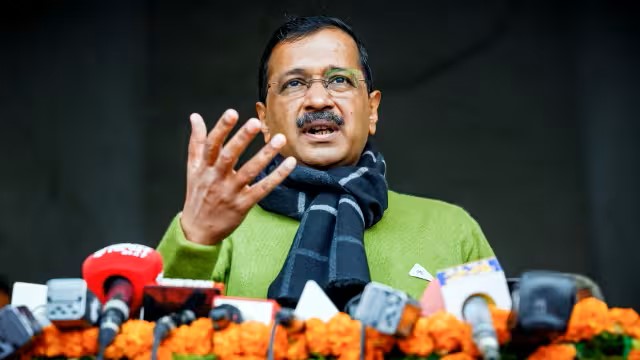India has taken a significant step toward strengthening its position in the global manufacturing landscape with the release of a comprehensive report by NITI Aayog titled ‘Unlocking $25+ Billion Export Potential – India’s Hand & Power Tools Sector’. This timely and forward-looking document not only highlights the immense opportunities in the sector but also recognizes the real challenges that need to be addressed to realize this vision.
 The global hand and power tools market, currently valued at around $100 billion, is poised for substantial growth—expected to reach nearly $190 billion by 2035. While China continues to dominate this space, India’s current share remains modest. India exports just $600 million in hand tools and $470 million in power tools, accounting for only 1.8% and 0.7% of global market share respectively. Yet, the report expresses strong optimism, outlining a roadmap for the country to target $25 billion in exports within the next decade, a move that could generate around 35 lakh new jobs.
The global hand and power tools market, currently valued at around $100 billion, is poised for substantial growth—expected to reach nearly $190 billion by 2035. While China continues to dominate this space, India’s current share remains modest. India exports just $600 million in hand tools and $470 million in power tools, accounting for only 1.8% and 0.7% of global market share respectively. Yet, the report expresses strong optimism, outlining a roadmap for the country to target $25 billion in exports within the next decade, a move that could generate around 35 lakh new jobs.
This ambition is rooted in a clear understanding of both potential and limitations. The report honestly acknowledges the structural cost disadvantages India faces—14-17% higher compared to Chinese manufacturers—mainly due to higher input costs, logistical hurdles, and lower labour productivity. However, it also suggests that these are not insurmountable barriers. With the right interventions, India can level the playing field and emerge as a reliable, high-quality manufacturing hub.
The report recommends three strategic areas of intervention. First, it calls for the development of world-class hand tool clusters across 4,000 acres under a public-private partnership model. These clusters would offer integrated infrastructure—plug-and-play facilities, housing for workers, efficient connectivity, and dedicated convention spaces. Such environments can foster innovation, efficiency, and collaboration, especially for MSMEs that form the backbone of Indian manufacturing.
Second, it stresses the importance of market reforms to reduce structural cost disadvantages. This includes rationalizing import duties on critical raw materials, easing export compliance procedures, and improving regulatory frameworks. These changes, if effectively implemented, can provide long-term competitiveness without the need for additional subsidies.
Finally, while the report hopes that existing policy reforms will suffice, it also proposes bridge cost support if needed—up to ₹8,000 crore—which should not be seen as a burden, but rather as an investment. The potential return, in terms of job creation, tax revenue, and export growth, far outweighs the initial cost.
The report’s release is both timely and symbolic. As India strives toward its vision of becoming a developed nation—Viksit Bharat by 2047—sectors like hand and power tools will play a crucial role in building the industrial capacity and global trust needed to get there. The tools industry, often overlooked, is foundational to larger manufacturing success—feeding into construction, automotive, defense, and everyday do-it-yourself needs across the world.
What stands out most in this initiative is the sincerity with which it approaches reform—not just in policy, but in mindset. It reflects an empathetic understanding of the on-ground challenges faced by manufacturers while boldly envisioning a future in which Indian tools are globally respected for quality, reliability, and value.
With this renewed focus and a supportive ecosystem, the journey of India’s hand and power tools sector is not just about unlocking exports—it’s about empowering workers, uplifting communities, and driving the engine of economic growth for a better, more self-reliant India.




